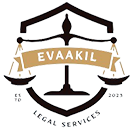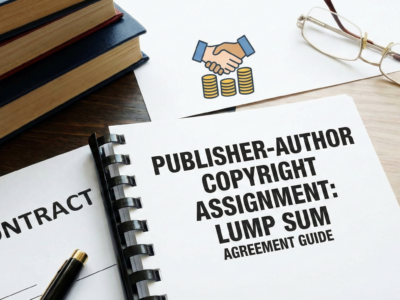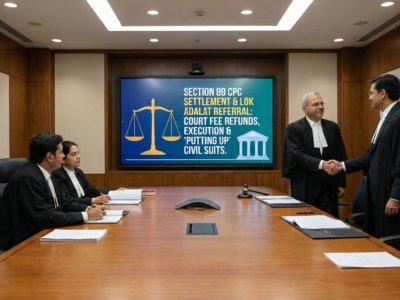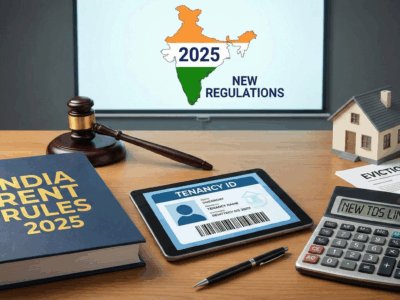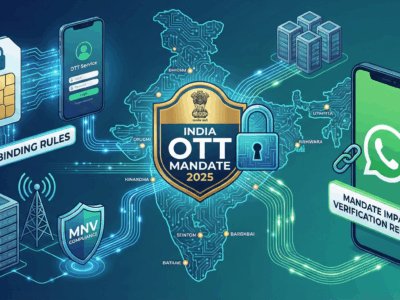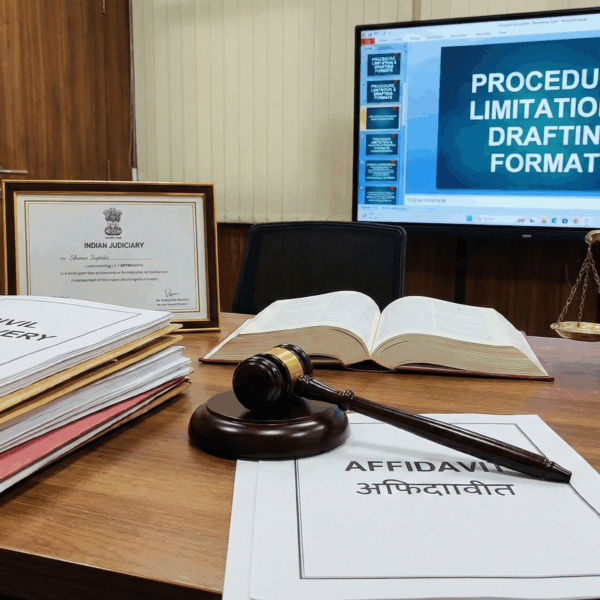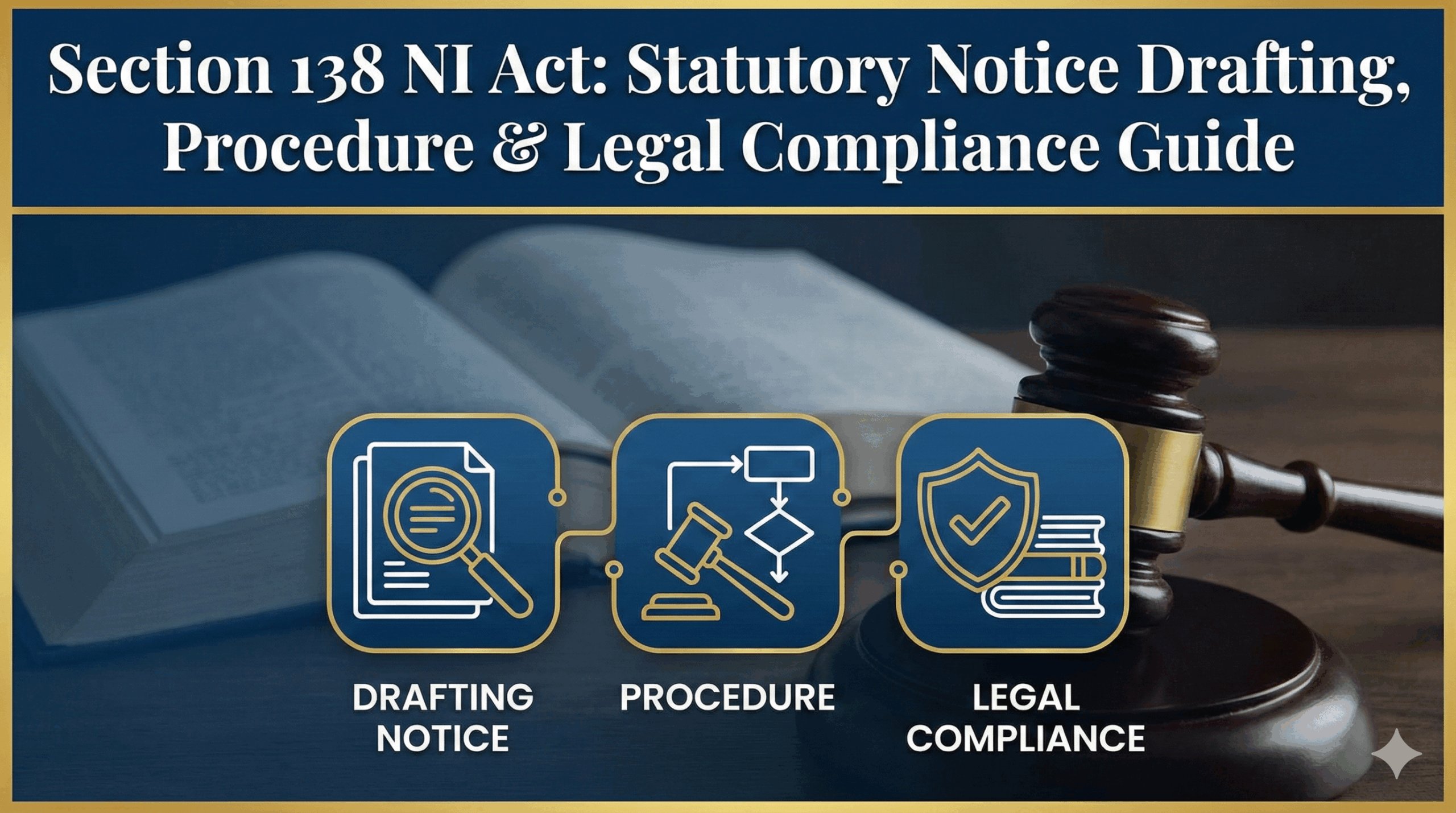The explosion of generative AI has created a new universe of artistic possibilities, but it’s also raised a critical question for every creator in India: who actually owns the copyright for AI-generated artwork? The answer isn’t simple, lying in a nuanced interpretation of India’s Copyright Act, 1957. This definitive 2025 guide from evaakil.com demystifies the complex legal landscape. We provide a practical framework for establishing ownership of your AI art, a step-by-step guide to copyright registration, and actionable strategies for licensing and monetizing your creations in this evolving digital frontier.
AI Art & Copyright in India
An exhaustive interactive guide for creators on navigating ownership, registration, and monetization in the age of AI.
Executive Summary
The central question—who owns the copyright to AI-generated artwork in India?—does not have a simple answer. The law suggests ownership likely belongs to the **user**, but only if they can prove **"significant human input."** This guide breaks down the legal landscape, decodes platform terms, and provides practical checklists for registration and licensing to help creators secure their rights.
Section 1: The Legal Framework
To determine who owns the copyright to AI-generated artwork in India, one must first understand the foundational principles of the governing statute, the Copyright Act, 1957. The Act establishes the rules for what can be protected, who can be an author, and what constitutes a copyrightable work.
Artistic Work
Includes paintings, drawings, and photos, "whether or not any such work possesses artistic quality."
Originality
Requires a "modicum of creativity" or the application of human "skill and judgment."
Author
For computer-generated work, it is "the person who causes the work to be created."
1.1. Introduction to Copyright in India
Copyright in India is a statutory right, granting exclusive rights to creators of original literary, dramatic, musical, and artistic works. For AI visuals, the key category is "artistic work," defined broadly under Section 2(c) to include paintings, drawings, and photographs, importantly adding "whether or not any such work possesses artistic quality." This accommodates the varied aesthetic output of AI. The core requirement for protection is "originality," which Indian courts interpret as needing a "modicum of creativity" or the application of "skill and judgment."
1.2. The Key Provision: "Computer-Generated Work"
A 1994 amendment to the Copyright Act introduced a remarkably prescient provision. Section 2(d)(vi) defines the "author" of a computer-generated work as:
"the person who causes the work to be created"
This provision gives India a unique legal starting point compared to jurisdictions with no specific legislation for non-human creation. It shifts the legal question from "who created it?" to "who *caused* its creation?"
Section 2: The Ownership Trilemma
The entire legal question of ownership boils down to interpreting the phrase "the person who causes the work to be created." There are three main contenders: the user, the developer, or no one (the public domain).
Interactive: Strength of Ownership Claims
This chart visualizes the relative strength of each potential claimant's ownership argument under current Indian law.
2.1. The User's Claim: The "Significant Human Input" Test
The strongest legal argument places copyright with the user. This claim is not absolute and depends on the user's creative involvement, often assessed by the "Significant Human Input" test. This framework evaluates the entire creative process.
1. Ideation
The initial human concept, mood, and compositional idea.
2. Prompting
Iterative refinement of detailed prompts to guide the AI.
3. Curation
Exercising artistic judgment to select from numerous outputs.
4. Editing
Post-generation refinement using external software.
2.2. The AI Developer's Claim: A Weaker Position
The claim of the AI developer (e.g., OpenAI, Midjourney) is legally tenuous. They are analogous to a toolmaker—a camera manufacturer doesn't own photos taken with their camera. Most platforms also contractually waive ownership claims in their Terms of Service.
2.3. The Public Domain Argument
A work may fall into the public domain if human contribution is trivial (*de minimis*). This is the risk of "lazy creation"—a single, simple prompt with no further refinement. Since the AI cannot be an author, and the human input lacks originality, the work is left without a copyright owner.
2.4. Case Study: The *RAGHAV AI* Precedent of Confusion
A Precedent of Confusion
The legal ambiguity in India is perfectly encapsulated by the case of an artwork titled 'Suryast'. In 2020, the creator listed both himself and an AI tool named "RAGHAV" as co-authors. The Copyright Office initially granted the registration, but later issued a withdrawal notice, questioning the legal status of an AI as a co-author. This administrative paradox has left the legal question unresolved and serves as a stark warning to creators against listing an AI tool as a co-author in their copyright applications.
Comparative Analysis of Ownership Claims
| Claimant | Basis of Claim | Strength | Key Weakness / Risk |
|---|---|---|---|
| User / Prompter | Sec 2(d)(vi) of Copyright Act; "Significant Human Input" test. | Strongest | Untested in higher courts; depends on proving creative involvement. |
| AI Developer | Creator of the AI tool. | Very Weak | Considered a toolmaker; most contractually disclaim ownership. |
| Public Domain | Lack of a legally recognized author due to *de minimis* human input. | Strong Possibility | Default for low-effort generations; defeated by documented human process. |
Section 3: The Contractual Overlay: Decoding AI Platform Terms of Service
While the Copyright Act provides the ultimate legal framework, a creator's rights are also governed by the Terms of Service (ToS) of the AI platform they use. These form a legally binding contract.
The "Dual-Ownership" Paradox
Platform ToS often create a scenario where you "own" your art, but have also given the platform a broad, irrevocable license to use it.
You (The User)
"Own" the Copyright
- Right to sell
- Right to license
- Right to display
The Platform
Gets a Broad License
- Right to use for training
- Right to use for marketing
- Right to sublicense
This means your ownership is not practically exclusive. You can exploit your work, but you can't stop the platform from doing so too.
Comparison of AI Platform IP Rights
| Platform | Ownership of Output | License Granted by User | Key User Risks |
|---|---|---|---|
| Midjourney | User owns "Assets". Commercial entities >$1M revenue need a "Pro" plan. | Perpetual, worldwide, non-exclusive, sublicensable, royalty-free, irrevocable license. | Losing ownership if not on correct plan; very broad license-back. |
| OpenAI (DALL-E 3) | User owns all "Output." OpenAI assigns its rights to the user. | Limited rights for OpenAI to provide, maintain, and improve services. | User is responsible for content and compliance; indemnity clauses. |
| Stability AI | Ownership not explicitly assigned; governed by default copyright law. | Broad license on user **Input** (prompts, images) for any Stability-related purpose. | Ambiguity around Output ownership; user must own rights to all Input. |
Section 4: A Practical Guide to Copyright Registration in India
Registering your copyright is not mandatory, but it provides powerful advantages. A registration certificate serves as *prima facie* evidence of ownership in court, dramatically strengthening your position in an infringement lawsuit.
Pre-Filing Checklist
- Document Your Creative Process: This is the single most important step. Maintain a detailed "creator's log" with initial concepts, the full sequence of prompts, discarded generations, and a record of all post-generation editing. This is your evidence of "significant human input."
- Prepare the Artwork File: Have a final, high-quality digital copy of the artwork ready for upload (e.g., JPG, PDF, max 10MB).
- Gather Applicant Details: Collect the full name, address, and nationality of the individual or entity who will be the copyright owner.
- Power of Attorney (if applicable): If an advocate or agent is filing on your behalf, ensure a Power of Attorney is duly signed and executed.
How to Register Your AI-Assisted Art in India
Document Your Process
Maintain a "creator's log": initial concepts, full prompt history, discarded generations, and records of post-editing. This is your proof of "significant human input."
File Form XIV Online
Go to copyright.gov.in. In Field 7 (Author), enter YOUR name. Do not list the AI tool. Assert authorship under Sec 2(d)(vi). Attach a cover letter explaining your creative process.
Submit and Wait
Pay the fee, get a Diary Number, and mail a hard copy to the Copyright Office. There's a 30-day waiting period for objections, followed by examination. Be prepared to respond to any queries.
The Post-Filing Process
- 30-Day Waiting Period: After your application receives a Diary Number, it enters a mandatory 30-day waiting period where third parties can file an objection to your claim.
- Scrutiny/Examination: If no objections are filed, an examiner reviews your application. They may issue a discrepancy letter if they have questions, which is why your "creator's log" is so vital for providing clarifications.
- Registration: If the examiner is satisfied, the work is entered into the Register of Copyrights, and a registration certificate is issued. The entire process typically takes a few months.
Section 5: A Practical Guide to Licensing and Monetization
Licensing allows you to grant others permission to use your artwork in specific ways in exchange for compensation, while you retain the underlying copyright. It's the primary way to monetize your creations.
License (A "Lease")
You grant temporary, specific permissions.
- You retain ownership.
- Can have multiple licensees.
- Limited by time, territory, use.
Assignment (A "Sale")
You permanently transfer all rights.
- You lose ownership forever.
- New owner has all rights.
- Typically a one-time transaction.
Checklist for a Commercial Licensing Agreement
A well-drafted agreement is crucial. The most important clause for AI art is **Warranties and Indemnities**. Instead of an absolute warranty of ownership, modify it to be a representation based on your knowledge under the current, evolving law. For example:
"Licensor represents and warrants that Licensor is the author of the work under Section 2(d)(vi) of the Indian Copyright Act, 1957, and to the best of Licensor's knowledge, the work does not infringe upon the rights of any third party."
A Note on Creative Commons (CC) Licenses
Creative Commons licenses offer a standardized way to grant the public pre-approved permissions to use your work. However, they come with a significant risk in the context of AI art.
Warning: The Irrevocability Risk
A critical feature of CC licenses is that they are **irrevocable**. Once you release a work under a CC license, you cannot take back the permissions granted. Given the legal uncertainty, it is advisable to be extremely cautious and use CC licenses selectively, reserving your most valuable pieces for traditional commercial licensing until the law becomes more settled.
Section 6: The Global Perspective
The legal challenges of AI are global. Examining other jurisdictions provides valuable context.
Global Copyright Approaches to AI Art
| Jurisdiction | Core Legal Standard | User as Author? | Key Regulatory Focus |
|---|---|---|---|
| India | "Person who causes the work to be created" + "Skill & Judgment" | Yes, with "Significant Human Input" | Authorship determination |
| USA | "Human Authorship" | Only for human contributions; AI work must be disclaimed | Registration & Disclosure |
| UK | "Arrangements necessary for the creation" | Yes, likely the user who makes arrangements | Text & Data Mining (TDM) exceptions |
| EU | "Author's Own Intellectual Creation" | Very difficult; high bar for human input | Transparency & AI training data (AI Act) |
Interactive Map: Global Stances
Click on a region to see its approach. India's position is a unique hybrid.
Section 7: Conclusion and Strategic Recommendations
The ownership of copyright in AI-generated artwork in India is not automatically granted; it must be earned through creative effort. The most defensible position is that the user who directs the AI is the author, provided their involvement is substantial.
The Creator's Strategic Flywheel
Adopt a continuous cycle of creation, documentation, and protection to build and maintain ownership.
Strategic Recommendations for Creators
- Create, Don't Just Generate: Treat the AI as a collaborator. Engage in a multi-stage creative process.
- Document Everything: Maintain a meticulous "creator's log" as your primary evidence of authorship.
- Register Strategically: Formally register your valuable artworks, asserting your authorship under Section 2(d)(vi).
- License Cautiously: Use custom licensing agreements and be wary of providing absolute warranties of ownership.
- Stay Informed: The law in this area is dynamic. Monitor key legal cases and guidance from the Copyright Office.
Recommendations for Policymakers
- Issue Administrative Guidance: The Copyright Office should issue clear guidelines for registering AI-assisted works, clarifying the expected threshold of human input.
- Consider Legislative Clarification: Parliament could evaluate a targeted amendment to the Copyright Act to explicitly define the creative control required for authorship in the context of AI.
- Address Fair Dealing and AI Training: Provide clarity on how "fair dealing" provisions apply to the use of copyrighted materials for training AI models, balancing the needs of developers with the rights of creators.
